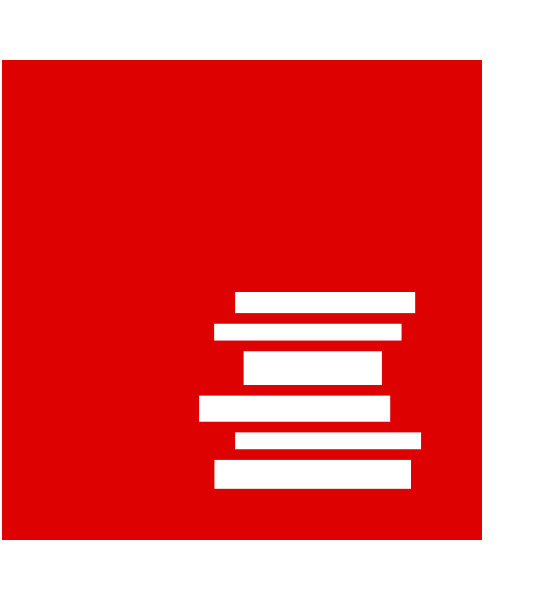Project I:
Exploring Images and Imaginations of Science in Heterogeneous Publics
Science communication research needs to find out more about what exactly different partial publics know about the science system and the different cultures of knowledge production in the sciences. It is only by analysing and comparing images and imaginations of science among various, heterogeneous target groups that it is possible to analyse and further develop existing methods and communication formats. This is the core thesis of Project I, led by David Kaldewey and Holger Wormer.
To close this research gap, Project I relies not only on traditional qualitative and quantitative methods but also on an innovative research and teaching format in cooperation with the German Science Journalists’ Association (WPK): In Research3-Workshops, various stakeholder groups, including journalists, research managers or students from different disciplines, enter into dialogue with Science Studies scholars about their assumptions about the science system and its structures. In the process, the participants take on a triple role: As respondents, they provide data for analyses and models of the RRC. As discussants, they develop ideas with the RRC team in order to improve the quality and efficiency of established formats and to create new formats. As multipliers, they help to pass on the scientific input from the workshops to a broader public when they apply their learnings from the workshops to their own work.
Project II:
Developing Quality Standards in the Communication of the Social Sciences and Humanities
Project II is led by Julika Griem, David Kaldewey, Laura Morris and Holger Wormer in collaboration with the Science Media Center Germany (Volker Stollorz). The aim is to open up new possibilities for science communication to access the Social Sciences and Humanities – if only for their potential to provide orientation and contextualisation for political and economic decision-makers, and the general public. The challenge of this approach, however, is to develop guidelines and heuristics to assess the quality of research in the Social Sciences and Humanities. While science communication in the STEM and life sciences can rely on established and standardised quality criteria, comparable approaches for the Social Sciences and Humanities are still in their infancy.
Against this background, Project II pursues on a two-part praxeological approach: A Researcher in Residence at the Science Media Center (SMC) first explores the explicit and implicit assessment criteria for quality and reputation in the Social Sciences and Humanities and examines how science journalist have so far thematised, accessed and selected research results from these disciplines. The second central component of Project 2 is the Quality Circle for the Communication of the Social Sciences and Humanities – an expert panel that continuously supplies the journalistic partners with information about current research developments, the significance of disciplinary conventions and implicit evaluation criteria. Fostering an exchange between theory and practice, the Quality Circle establishes criteria to both improve the transfer of knowledge from the Social Sciences and Humanities and to facilitate the contextualization of scientific facts and findings by these disciplines.
Project III:
Redesigning Reflexivity in Science Communication
The third project under the direction of Julika Griem and Oliver Ruf is dedicated to researching popular and developing new communication formats. With the aim of rethinking the notion of reflexivity in the context of science communication, the focus lies on the interplay between affective and reflexive elements, which are precisely not understood as mutually exclusive communicative options. Drawing on previously neglected approaches from literary and cultural studies as well as media aesthetics and design research, Project III questions simplistic and popular communication schemes such as in storytelling and explores modes and cultural techniques such as comedy and satire that have so have so far been neglected by Science Communication research.
In order to systematically mediate theory and application, Project 3 is linked to the establishment of a Mobile Science Communication Aesthetics Lab that will enable the project to consider the aesthetic dimension of science communication. This includes, for example, the implementation of a new first-year curriculum in university teaching. As both a mobile tool and a real place, the Lab provides flexibly deployable technical equipment to put new approaches into practice and a creative framework to explore theoretical models. It is also used to develop teaching and learning materials for science communication and to translate findings from the other projects into communication formats, test them in practice, and put them up for discussion with the help of the Living Handbook.
